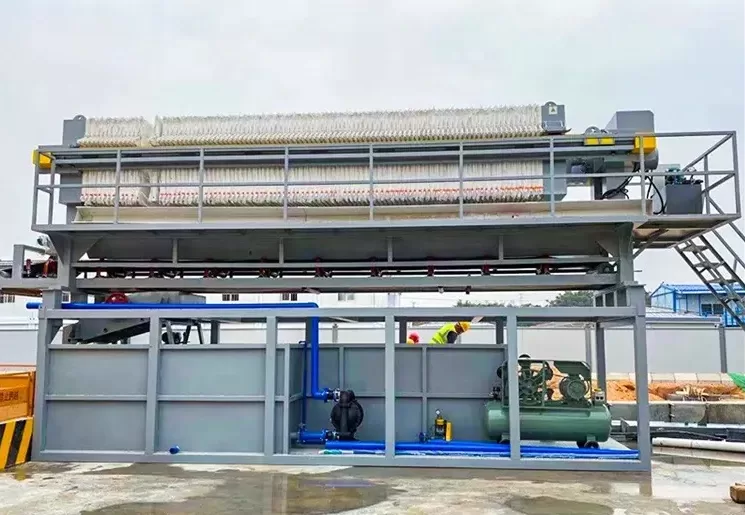Plate and frame filter cloths are vital components in filtration equipment, responsible for separating solids from liquids. However, leaks and tears in the cloth can lead to wasted resources and hinder the filtration process.

Understanding the Causes of Leakage:
Several factors can contribute to leakage in plate and frame filter cloths:
- Subpar Cloth Quality: Low-quality materials, rough weaving processes, or improper handling can result in weak spots, loose threads, or tears in the cloth, compromising its integrity during filtration.
- Excessive Filtration Pressure: Setting the filtration pressure too high can cause the cloth to deform, break, or tear, leading to leakage and material loss.
- Material Properties: The characteristics of the material being filtered, such as particle size, concentration, viscosity, corrosiveness, or high temperature, can damage the cloth and cause leakage.
- Improper Operation: Incorrect installation, inadequate cleaning, or failing to replace the cloth when worn can all contribute to leakage problems.
Effective Solutions for Preventing Leakage:
By implementing these solutions, you can minimize leakage and ensure optimal filtration performance:
- Prioritize High-Quality Filter Cloth: Select cloths made from durable materials with a tight weave and proper finishing. Ensure the cloth’s specifications match the filtration requirements and properties of the material being processed.
- Optimize Filtration Pressure: Consult the equipment manual and filtration process guidelines to determine the appropriate pressure settings. Avoid exceeding the recommended pressure to prevent damage to the cloth.
- Treat Challenging Materials: For materials with abrasive or corrosive properties, consider pre-treatment processes or specialized filter cloths designed for such conditions.
- Invest in Operator Training: Proper installation, cleaning, and replacement procedures for filter cloths are crucial. Train operators to handle these tasks correctly to minimize the risk of leakage.
- Embrace Technological Advancements: Explore new filtration technologies and equipment that may offer improved performance and efficiency.
- Maintain a Regular Inspection Schedule: Regularly inspect both the filtration equipment and the filter cloth for signs of wear and tear. Prompt maintenance and replacement of damaged cloths will prevent leakage issues.
Conclusion:
By understanding the causes of plate and frame filter cloth leakage and implementing the solutions outlined above, you can achieve optimal filtration performance, minimize wasted resources, and ensure the smooth operation of your filtration equipment.
